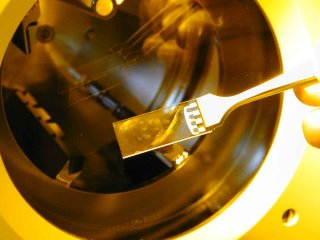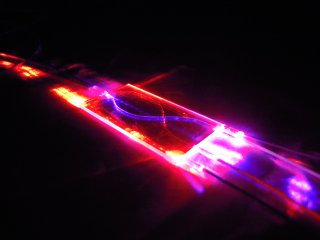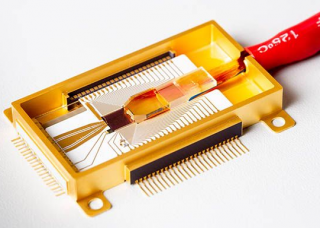If silicon is one of the main materials used by the integrated photonics industry – because it reuses the manufacturing processes in force in the microelectronic area – glass is also the subject of all attention thanks to its optical characteristics: its transparency for visible to infrared wavelengths, its low refractive index, and its linear optical properties indeed allow, in comparison with silicon, to benefit from numerous advantages at the component scale, the reduction of input/output channels footprint, better performance for passive functions, the opportunity to operate in the visible area, and greater temperature stability.
By developing a process to manufacture waveguides on glass, branded ioNext, and based on an ion-exchange reaction, Teem Photonics gives Europractice users the opportunity to take advantage of glass assets by having a wide variety of passive components – available in a design kit that can be used through the free access design software NAZCA – to design and manufacture photonics circuits combining routing, filtering and coupling functions.
In addition, Europractice users are also offered access to the WAFT (for Wave-guide Array to Fiber Transposers), glass interposers which are inserted between a silicon-photonics chip and an optical fiber array to ensure between these two elements a single-mode, wideband adiabatic transition, with a coupling loss of less than 0.5dB and a significant reduction in the input/output channels footprint.




